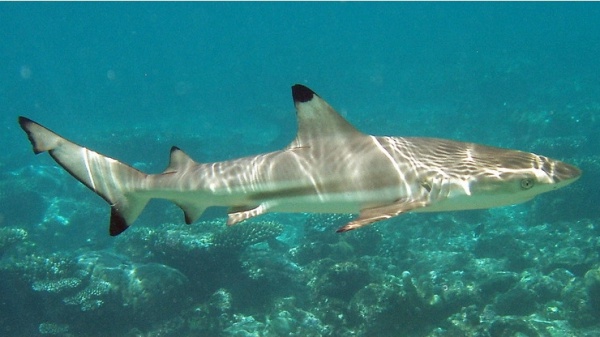Facts About Blacktip reef shark
The blacktip reef shark is a compelling member of the requiem shark family, easily recognized by the distinctive black tips on its fins. These sharks typically inhabit the warm, shallow waters of tropical coral reefs in the Indian and Pacific Oceans. They have a strong tendency to remain in the same area for extended periods, often staying in one location for several years.
Blacktip reef sharks are active hunters, preying on small fish, cephalopods like squid and octopus, crustaceans, sea snakes, and even seabirds. They give birth to live young, usually two to five pups, every one to two years, following a gestation period ranging from 7 to 16 months.
While generally shy and not a significant threat to humans unless provoked, blacktip reef sharks are sometimes caught for their meat, fins, and liver oil. However, they are not a primary target for commercial fishing. The International Union for Conservation of Nature (IUCN) has classified them as Near Threatened due to overfishing and population declines in certain areas.
First described by French naturalists Quoy and Gaimard in the early 19th century, the blacktip reef shark belongs to the genus Carcharhinus. They are widespread across the tropical and subtropical waters of the Indo-Pacific region, with various studies documenting their life cycles and reproductive habits.
As an apex predator, the blacktip reef shark plays a crucial role in maintaining the balance of coastal ecological communities. Their diet mainly consists of small bony fishes, squid, octopus, shrimp, and occasionally carrion. They display unique hunting techniques, such as driving schools of fish toward the shore to make them easier to catch. These sharks have developed acute senses to detect movement, electric fields, and distant prey.

 India
India